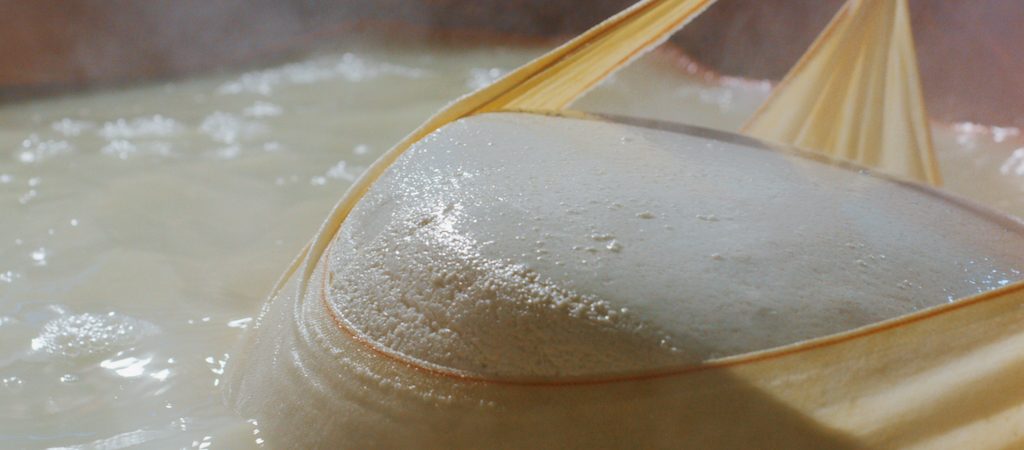Antimicrobials are essential to everyone, both humans and animals. Yet the development of resistance to these substances (AMR) is compromising their effectiveness, and the warning is international. The European Union has already established a regulatory framework1 to push the world of breeding towards one single direction: the reduction of the use of antimicrobials.
Reducing antimicrobials through alternative strategies also allows to produce more milk, obtain more dairy products and have less technological issues during fermentation processes2.
It is useful to focus on the effects on lactic acid bacteria, since fermentation blocks/slowdowns in the early stages of milk processing can compromise production and, therefore, the related profitability.
A recent Italian study (Chiesa et al., 2020)3 quantified antibiotic residues in milk reserved for PDO production in Northern Italy with a multiclass method and assessed the possible impacts on starter cultures used for cheese making.
The observed residues were found to be below the relevant legal MRL, thus confirming the safety of raw milk. The most common active substance was lincomycin, however compliant (average of 17.29 ppb in 11.8% of the observed samples) with EU limits (MRL = 150 µg/kg of milk).
Since it was the most common antibiotic residue, lincomycin was also assessed for its effects on lactic acid bacteria, thus demonstrating its negative impact on these cultures.
This negative effect was demonstrated by Chiesa and colleagues in terms of bacteria counts, pH and acidity during the simulation of cheese production.
For pH, the reduction over time occurred with different trends depending on the concentration of lincomycin. In the absence of active ingredient, the reduction of pH reached the lowest values and highest acidity. Bacterial growth showed an inverse behaviour with respect to antibiotic concentration, with higher count for mesophilic bacteria in antibiotic free samples. A slight decrease along with increasing concentrations also resulted for Lactobacillus spp. and streptococci.
A correct pH decrease, which results from starter cultures metabolism, is essential for: activity of coagulants, mineral balance, syneresis and whey draining. Furthermore, it also has an impact on any microbial contaminants (e.g., clostridia) which, during cheese ripening, can proliferate and generate defects (e.g., late swelling in hard cheeses).
Implementing all possible management measures to limit the use of antibiotics in the dairy herd, in particular those used to treat mastitis, also becomes strategic for technological purposes.
OZOLEA-MAST was also designed with these purposes: to increase the productivity of the dairy herd, to fall into less issues during and after the milk processing, and to provide the consumer with even safer dairy products.
1 Reg. (EU) 2019/6 on veterinary medicines applicable from 28 January 2022: are we ready?
2 Reducing antibiotic usage can benefit dairy processing.
https://www.ozolea.it/reducing-antibiotic-usage-can-benefit-dairy-processing/
3 L. M. Chiesa, L. De Castelli, M. Nobile, F. Martucci, G. Mosconi, M. Fontana, M. Castrica, F. Arioli, S. Panseri, 2020. Analysis of antibiotic residues in raw bovine milk and their impact toward food safety and on milk starter cultures in cheese-making process. LWT – Food Science and Technology 131 (2020) 109783

